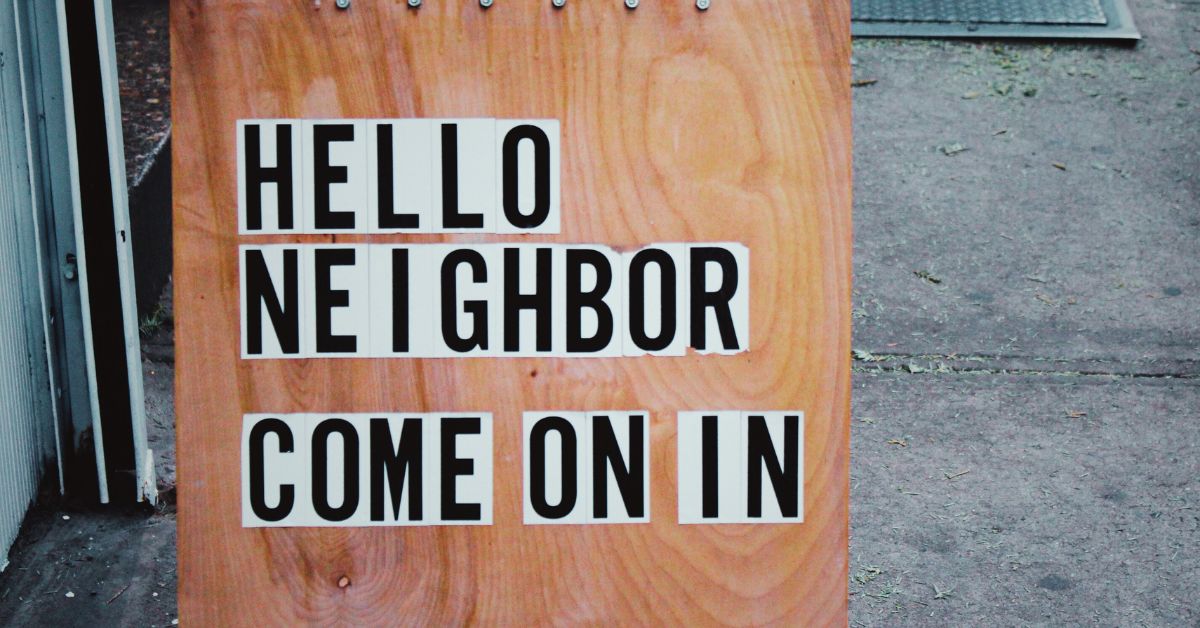In today’s ever-changing world, faith leaders face the challenge of connecting with their communities on a profound level. The traditional “one size fits all” approach to church is losing its effectiveness. In episode 5.48 of the Pivot Podcast, hosts Dr. Dwight Zscheile and Dr. Dee Stokes, and guest, Pastor Carl Johnson, delve into the idea that we need diverse expressions of faith to serve God’s mission today. Carl is a ministry entrepreneur based in Saint Paul, Minnesota and a Seeds Project alum. He shares his remarkable journey of faith transformation, and how he became particularly interested in a missional model of church.
A Transformative Journey
Carl’s path to ministry took off after a life-changing experience working with the Teen Challenge program at the age of 29. His passion for ministry and preaching were ignited, leading him to travel across the country and preach at various Teen Challenge centers. He eventually encountered C. Peter Wagner’s quote, “the greatest evangelistic tool under heaven to reach the lost is to plant churches,” which set him on the path he’s been walking for the last ten years.
A Change in Perspective
Upon moving to Lima, Ohio, Carl experienced new challenges and a shift in perspective. He continued to address food insecurity, emphasizing the importance of practical solutions to tangible problems. But wanted to take things further: “We wanted them to see Jesus as the center point of delivering them from the circumstances and situations they were in on a daily basis.” With those ideas, the vision for Faith City began to take shape, rooted in the belief that God could provide for daily needs. Carl’s experiences in Lima shaped the purpose of Faith City, emphasizing the importance of being a missional church deeply ingrained in the neighborhood.
Carl started Faith City as a parachute plant, with no denominational or launch team support, aiming to connect with the community and bring church to them. Their ministry began with sharing meals with people, breaking bread with individuals, and building a sense of community from the ground up.
Embracing Missional Living
Missional living goes beyond traditional mission work. It’s about recognizing specific community needs and acting upon them, building a community of believers who share a common mission. Understanding the science of asset-based community development is essential, as it focuses on working with the strengths, resources, and talents within the community. Ethnography, understanding the people and their culture, is a fundamental part of this approach. Carl believes that “churches needs to stop being a mission field and become the missionary force” wherever they are located.

Leveraging Community Assets
Missional living involves recognizing that community assets aren’t limited to physical structures. People themselves are valuable assets, possessing unique skills and stories. Building meaningful partnerships with these assets is key to fulfilling the community’s needs. It’s about collaborating with existing initiatives and organizations, regardless of their affiliation with your church. Dr. Stokes reminds us to avoid “going in like we’re the savior trying to save the community and only focusing on the needs of the community, because the community itself has assets, good, positive things that we can partner with.”
Recognizing God’s Presence
A profound shift in mindset involves recognizing that God is already at work in your community. Instead of seeing your church as the sole source of God’s presence, you realize that divine beauty and triumph are already unfolding in your neighborhood. Carl emphasizes that sometimes the people you might least expect are already experiencing the transformative power of God’s love, and urges us to remember that all believers are called to be “disciple-makers” and leaders.
Failure as Progress
Carl urges us to shift our perspective on failure, seeing it not as a dead end but as the first attempt in learning. He says that “when you have people involved, it never looks the way that you want it to look, and you may call it a failure,” but you don’t have to see it that way. This mindset shift can make a significant difference in how we approach challenges and setbacks.
Transition to Transformation
For those considering a shift towards a missional mindset, it’s important to acknowledge that this isn’t just a minor adjustment; it’s a transformation. And it’s not going to look the same in all contexts, “don’t think you can do what everyone else can do,” Carl adds. It’s about seeing your specific community as a vibrant ecosystem full of God’s work and recognizing that God calls us to be a part of it. The shift towards a missional mindset is an exciting yet challenging path.
As you embark on your journey towards a missional mindset, remember that progress, not perfection, is the goal. With every shift in mindset, you’re one step closer to creating meaningful change in your community. Embrace the uniqueness of your community, build partnerships that empower and uplift, and recognize that God’s mission is already at work in your neighborhood.



